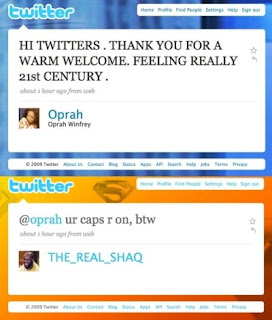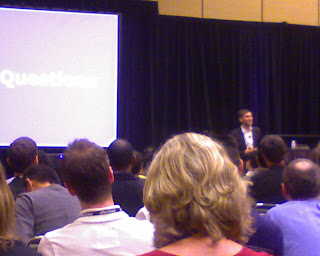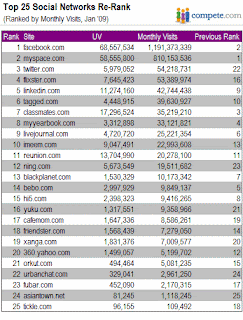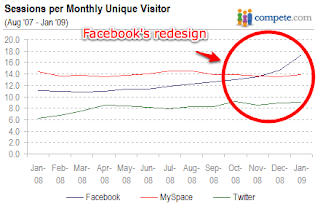
We’re finally starting to see hard data on the success of Twitter as a sales tool. The results look very promising, especially for small businesses targeting locals.
Naked Pizza, a New-Orleans based pizza joint, is promoting itself to locals via Twitter and then tracking the response rate. “Every phone call was tracked, every order was measured by where it came from, and it told us very quickly that Twitter is useful,” said restaurant co-founder Jeff Leach. So useful, in fact, that he’s erected a billboard outside his pizza shop with his Twitter name. During a recent “Tweetie Pie” promotion, the micro-blogging service accounted for 15% of the daily revenues.
This is great news for small businesses looking for cheap and easy ways to market online. So how can you use Twitter to help drive sales? Here are four ways:
1) Use Twitter for “short-tail”, real-time messaging. The Twitter shelf life may be short, but the results can be potent. Leverage it for things like last-minute unsold tickets to events.
2) Talk WITH people, not AT them. Do you like when people talk at you? No? Well neither do your customers. If someone asks a question, promptly answer it.
3) Alert your followers when you are on the move. Selling your wares at the local arts festival? Tweet it.
4) And always follow the golden rule of marketing: measure everything. How can you determine the success of a particular marketing campaign or channel if you can’t measure it? So track every sale. Then analyze the results, determine what did or did not work, and make improvements.
To read more, click here: http://adage.com/digital/article?article_id=136662
Do you have a Twitter success story? If so, please leave a note. Read More»












